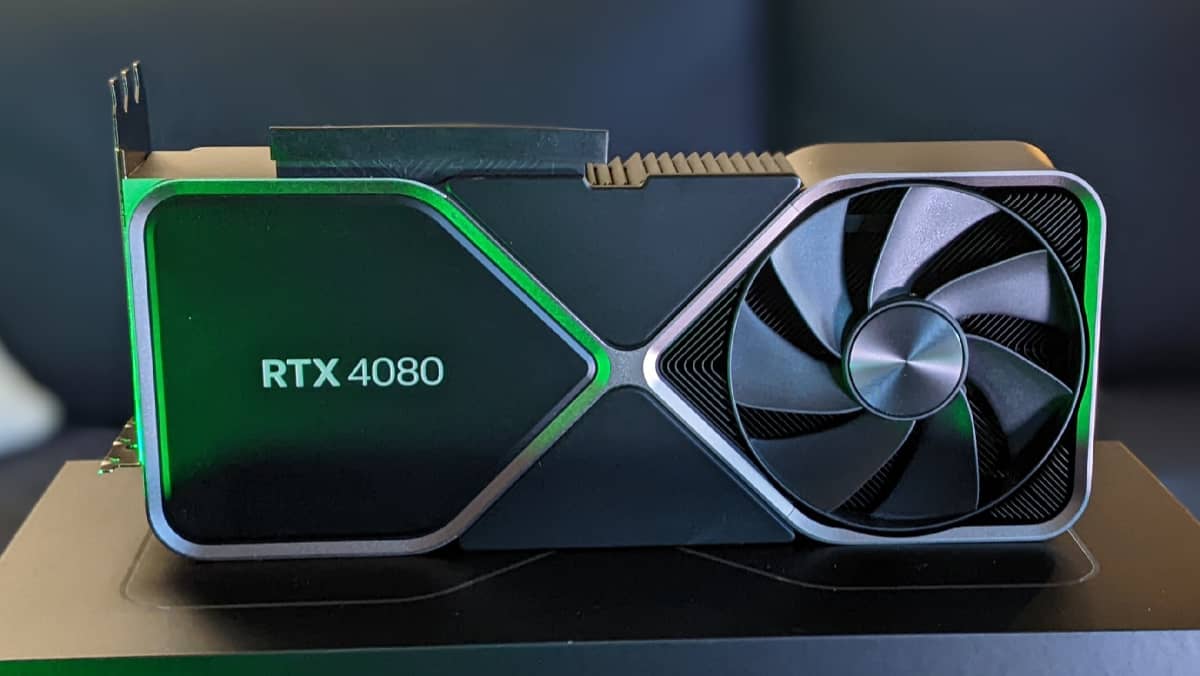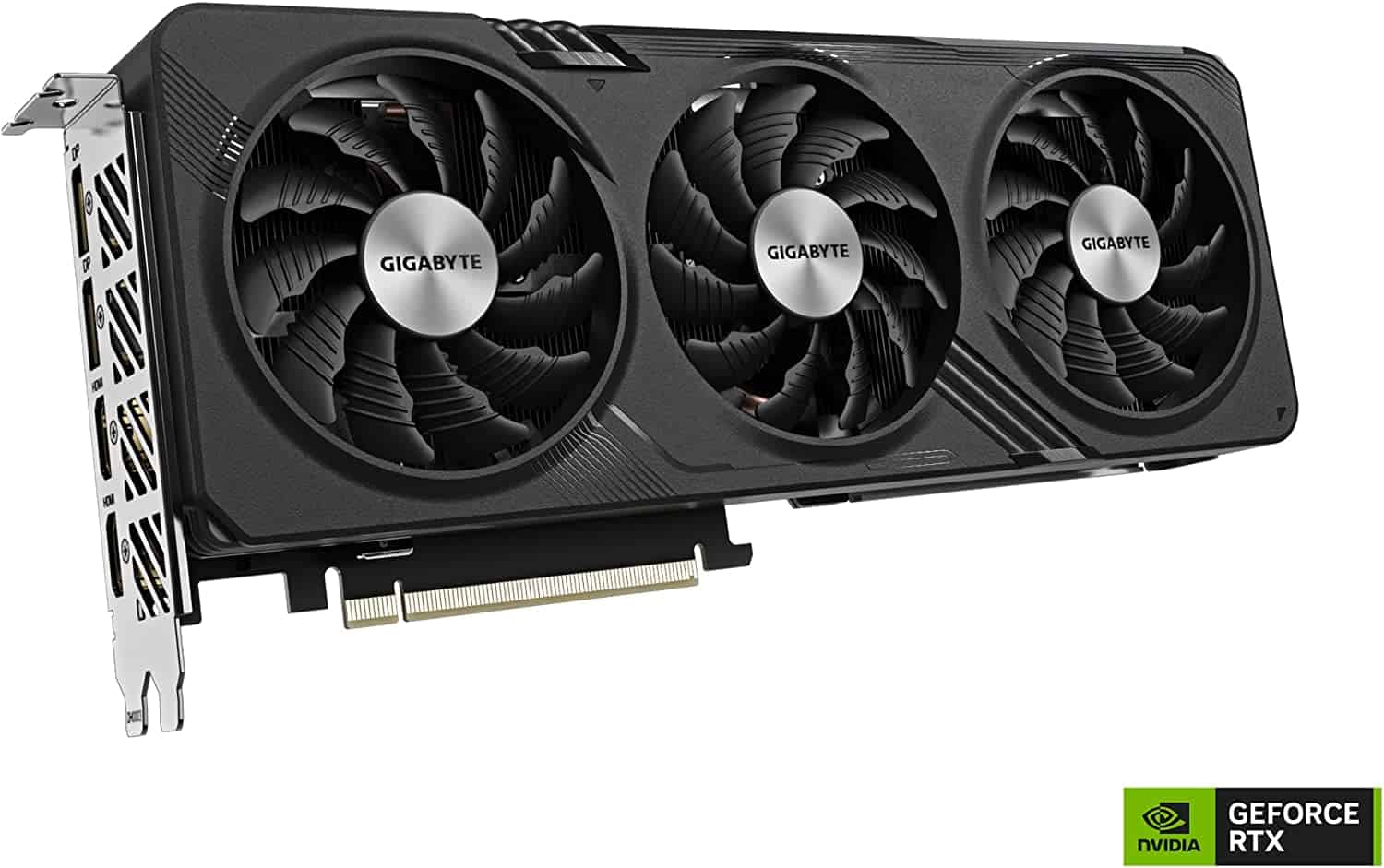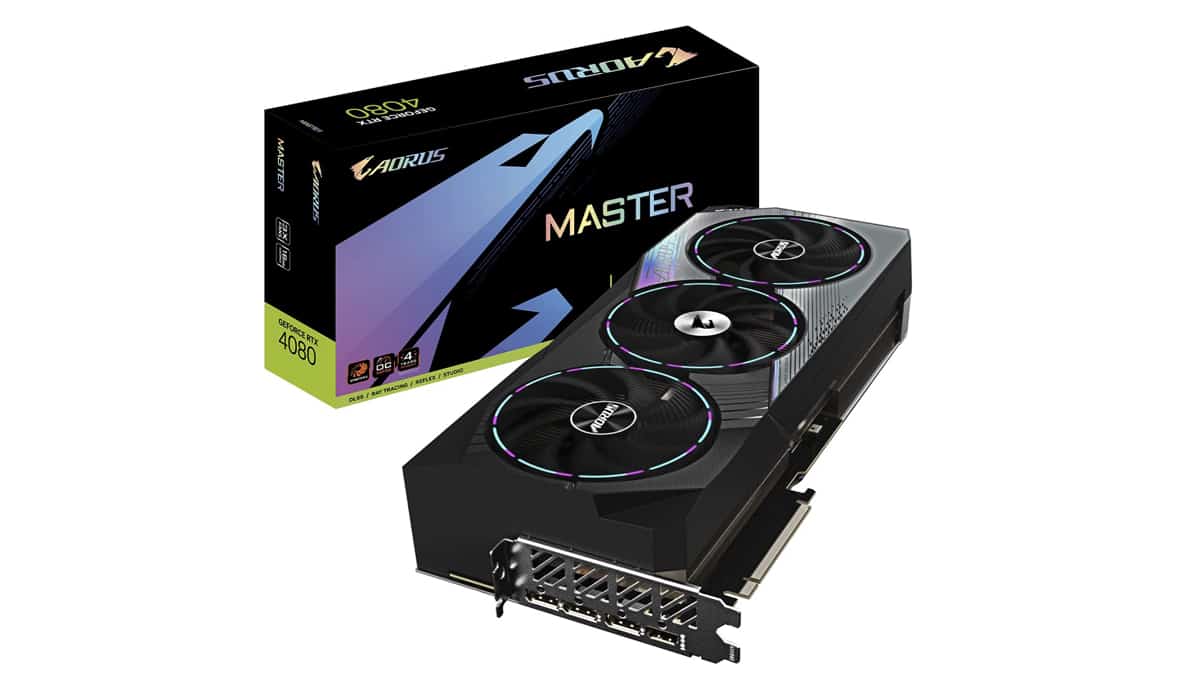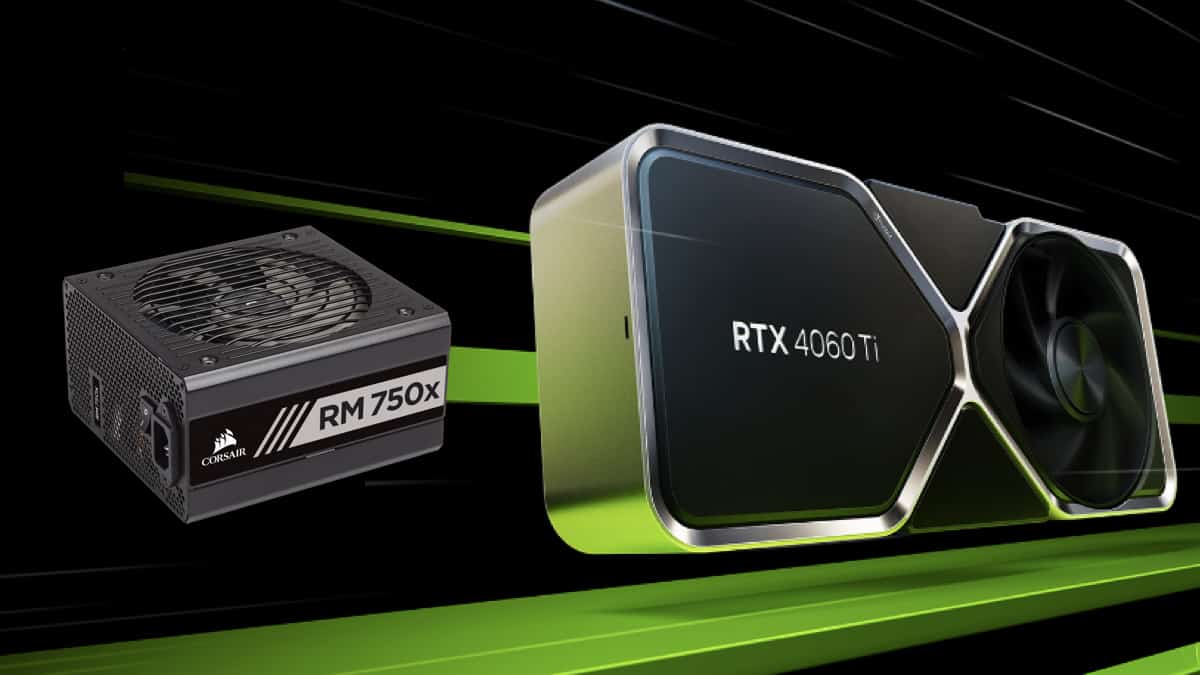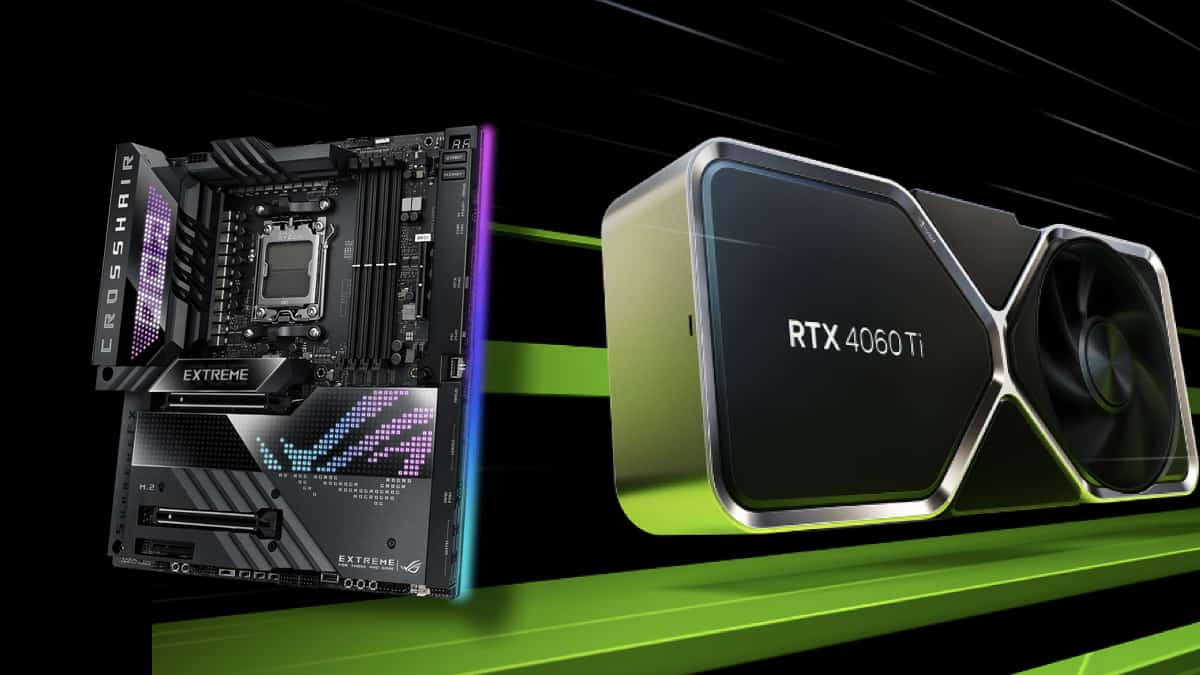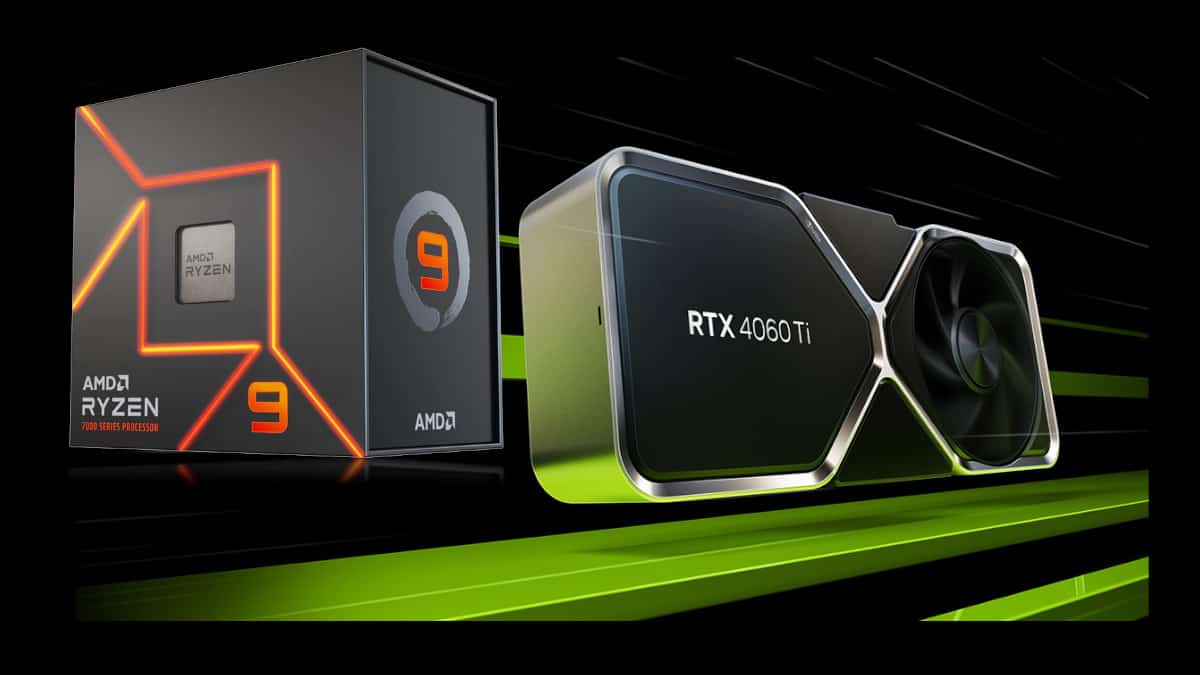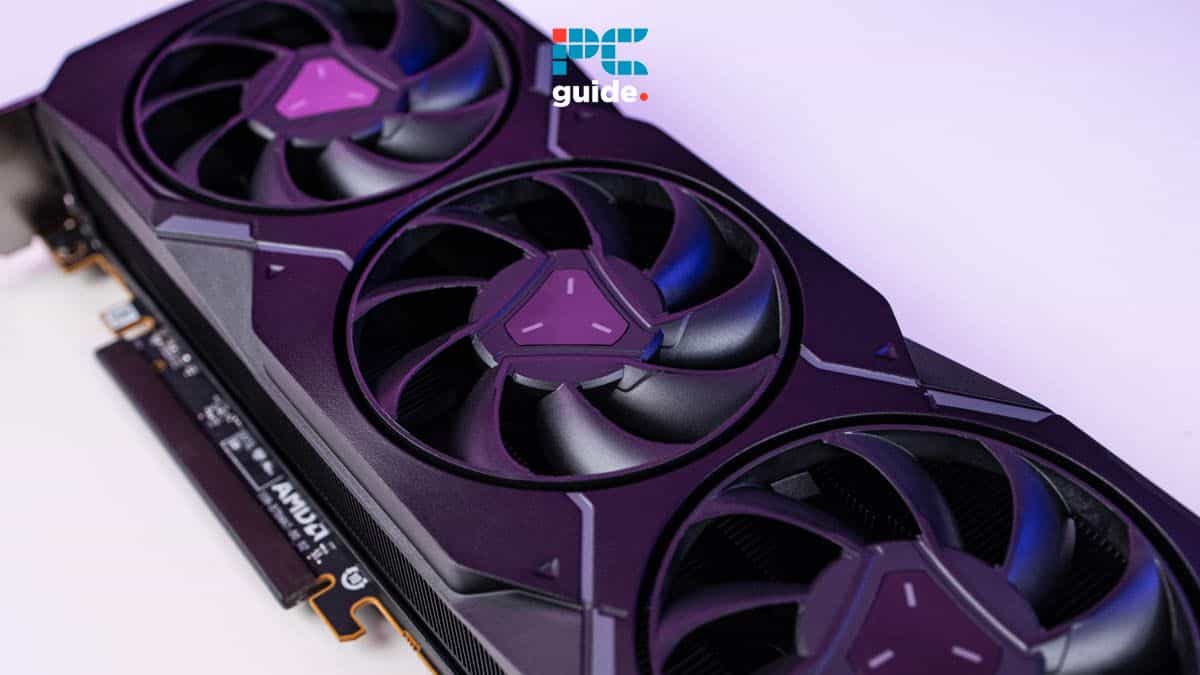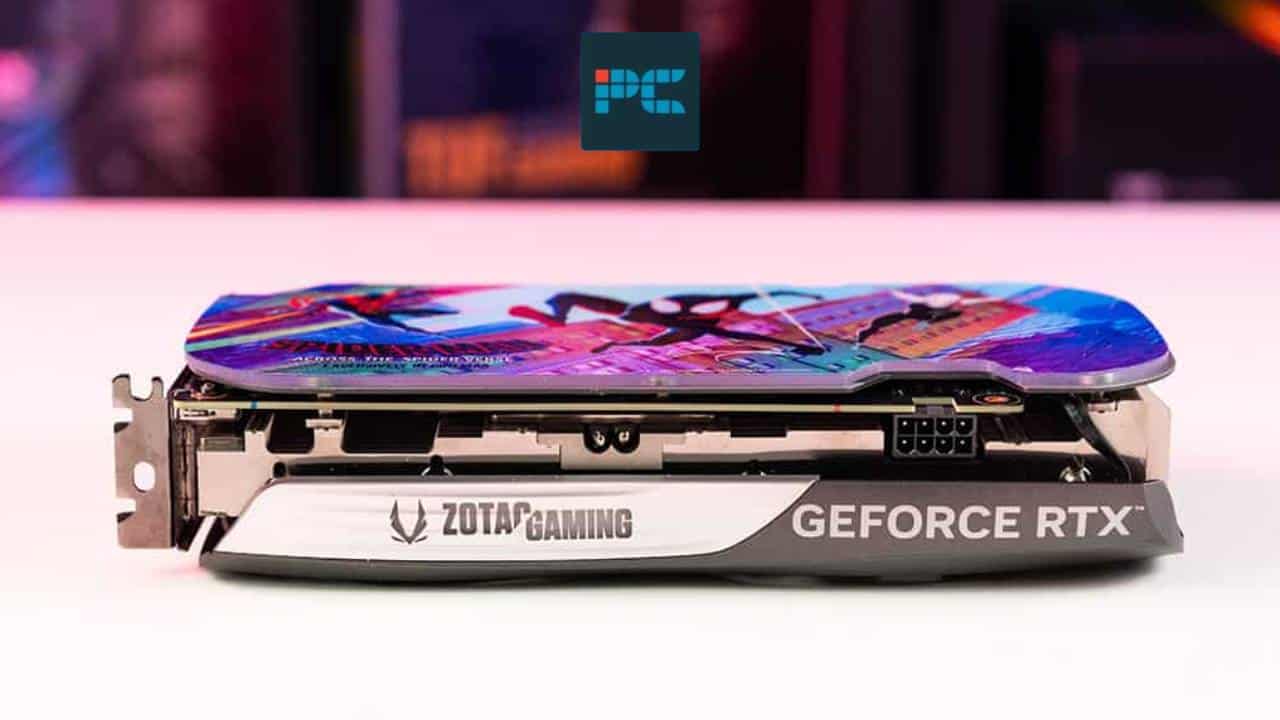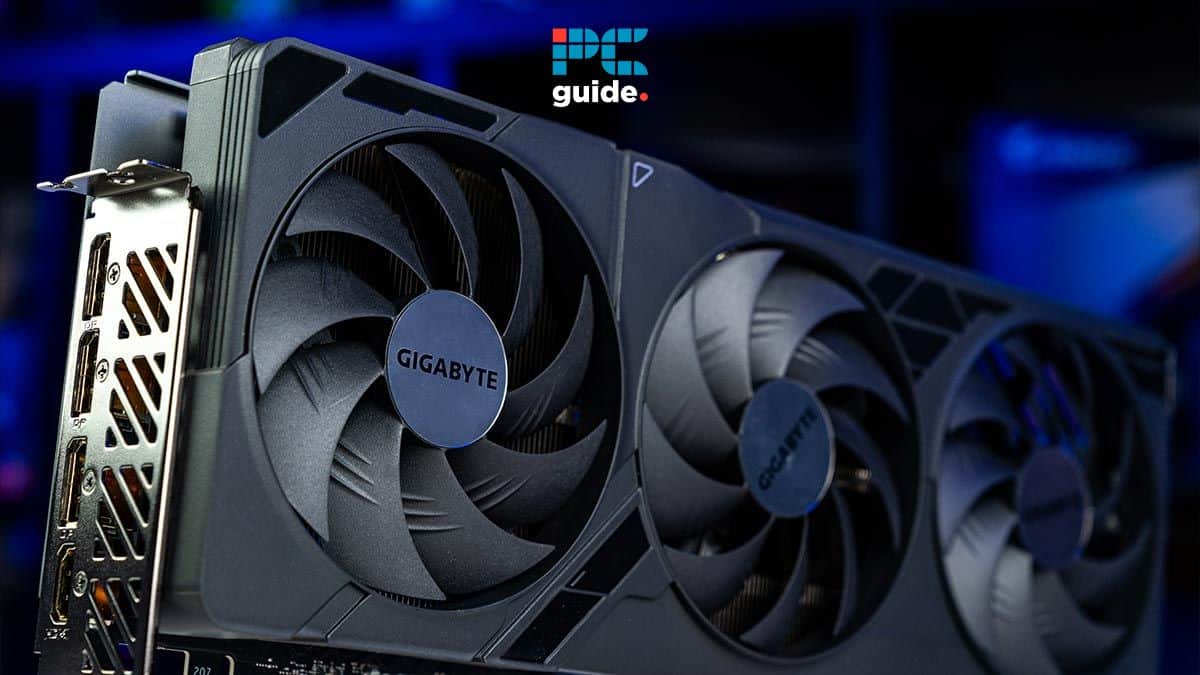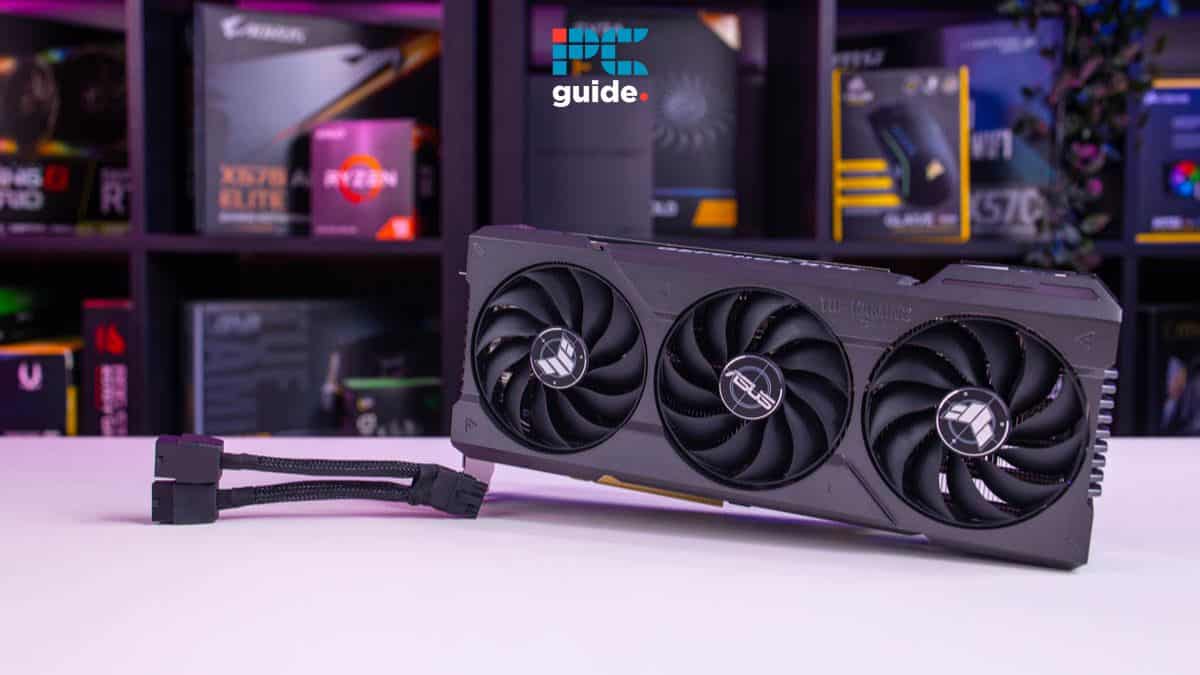In this feature, we set the stage for a head-to-head between the anticipated Nvidia GeForce RTX 4060 Ti 16GB vs the RTX 4080. What makes this matchup so interesting?
Well, both these graphics cards sport 16GB of VRAM, a rare equal footing in an otherwise lopsided showdown, as well as the much-beloved Ada Lovelace architecture. But, can the mid-range RTX 4060 Ti 16GB hold its own against the high-end RTX 4080? Let’s dive in and find out.
RTX 4060 Ti 16GB vs RTX 4080: specs
In terms of VRAM, both 40-series GPUs come loaded with 16GB. However, the similarities end there. The RTX 4080 uses the more advanced GDDR6X memory type, while the 4060 Ti uses GDDR6.
On paper, GDDR6X provides double the data rate per clock, making it more efficient and faster than GDDR6. This means, in theory, the RTX 4080 should be able to handle larger data volumes at any given time, making it more suited to resource-intensive tasks like gaming at high resolutions and ray tracing on or running heavy applications.
When it comes to the memory interface, the Nvidia RTX 4080 clearly has the upper hand with a 256-bit memory bus, compared to the 128-bit memory bandwidth of the 4060 Ti 16GB. A broader memory interface means that the GPU can access memory faster, and this directly affects the speed at which the graphics card can render images.
| Specs | RTX 4060 Ti | RTX 4080 |
|---|---|---|
| Architecture | AD106 | AD103 |
| Cuda Cores | 4352 | 9728 |
| Texture Units | 136 | 304 |
| Raytracing Cores | 32 | 76 |
| Base Clock | 2310 MHz | 2205 MHz |
| Boost Clock | 2535 MHz | 2505 MHz |
| Memory | 16GB GDDR6 | 16 GB GDDR6X |
| Memory Interface | 128-bit | 256-bit |
| L2 Cache | 32 MB | 64 MB |
| TDP | 165 W | 320W |
| Price | $499 | $1,199 |
Lastly, let’s look at the L2 cache. A larger L2 cache typically means faster data access, leading to improved performance in tasks that need frequent data retrieval. At this moment, detailed L2 cache specifications for the RTX 4080 aren’t available. Still, given its superior positioning in Nvidia’s product stack, we would expect it to be substantially larger than the RTX 4060 Ti 16GB.
In conclusion, although both GPUs come equipped with the same amount of VRAM, the type of memory used, the memory interface width, and the L2 cache size all play significant roles in shaping overall performance benchmarks. It’s these areas where the RTX 4080 is likely to outshine its mid-range counterpart, the RTX 4060 Ti 16GB.
RTX 4060 Ti 16GB vs RTX 4080: Performance
The RTX 4080 isn’t just a gaming beast; it’s a versatile powerhouse designed to handle a wide array of resource-demanding applications, including content creation and 3D rendering. The differences in specs between the RTX 4080 and the RTX 4060 Ti 16GB aren’t merely numbers on a sheet, but they translate to a dramatic shift in performance favoring the former.
With its GDDR6X memory, the RTX 4080 enjoys a bandwidth advantage that allows it to deal with large amounts of data at lightning speeds. This proves to be a game-changer for running graphics-intensive games at higher resolutions or more demanding professional applications. Regarding memory-intensive tasks, the RTX 4080 can operate at a pace that the 4060 Ti 16GB simply cannot match.
Moreover, the 256-bit memory interface of the RTX 4080 gives it a significant advantage in data retrieval and rendering speeds. In terms of performance, this difference translates to faster frame rates and smoother performance during gameplay, as well as quicker rendering times in professional applications.
The greater L2 cache of the RTX 4080, though specific details are currently unavailable, would also provide a substantial performance advantage. With faster access to frequently used data, this larger cache should further enhance the overall speed and efficiency of the RTX 4080.
When taking into account these factors, it’s clear that the RTX 4080 is a high-performance GPU in a league of its own and a major upgrade over Nvidia’s RTX 4060 Ti. While the latter may share the same amount of VRAM, it’s clear that the quality and manner in which it is utilized drastically changes the performance dynamics, firmly tipping the scales in favor of the RTX 4080.
RTX 4060 Ti 16GB vs RTX 4080: Price
The advanced GDDR6X memory of the RTX 4080 contributes not only to the impressive power of the GPU but also to its higher price tag. This price increase, however, is not in vain. With the surge in performance and enhanced efficiency, it delivers, the RTX 4080 justifies its cost by offering superior value to power users and gaming enthusiasts alike.
The RTX 4060 Ti 16GB, on the other hand, presents itself as a more budget-friendly option. However, its relatively lower efficiency may not provide as much value for its price as one might expect. While it does offer a significant increase in VRAM compared to its 8GB predecessor, it’s still hobbled by the limitations of its specifications, including the GDDR6 memory and lower memory interface width.
In the grand scheme of things, the RTX 4080’s high MSRP reflects its status as a top-tier, high-performance GPU. It delivers a level of power and efficiency that simply outshines the 4060 Ti 16GB, making the cost difference understandable. Ultimately, the choice between these two GPUs will primarily come down to the user’s specific needs and budget. If sheer power and performance are what you’re after, the RTX 4080 offers a compelling return on investment.
The RTX 4060 Ti 16GB model sports a release date of July at a launch price of $499.
RTX 4060 Ti 16GB vs RTX 4080: Final thoughts
The battle between the RTX 4060 Ti 16GB and the RTX 4080 is a fascinating study of trade-offs between price and performance. While the RTX 4060 Ti 16GB comes in as a more budget-friendly option with decent performance for most games at 1080p and 1440p, the RTX 4080 clearly stands tall as the high-performance, power-packed contender that pulls no punches.
Despite their shared 16GB of VRAM, the difference in memory type and memory interface of these GPUs means that the RTX 4080 provides significantly superior performance alongside any CPU and PC build. This makes it a compelling choice for gamers and creators who need high-end power for their work.
However, the RTX 4060 Ti 16GB is still a worthy option, offering considerable performance capabilities for its price. It’s a smart choice for those on a tighter budget or those who primarily play esports titles and aren’t looking to push the envelope in graphical settings.
FAQs
Is the 4060 Ti 16GB worth it over the 4080?
If budget is a significant concern and you’re mainly gaming on 1080p or even 1440p with high settings, particularly for esports titles, the 4060 Ti 16GB could certainly do the job. It’s a GPU that fulfills the needs of many gamers without breaking the bank. However, if you’re after top-tier performance and have the budget for it, the 4080 is the stronger performer and will deliver higher frame rates and better overall performance. So, make sure to weigh your needs and budget carefully before making a decision.


